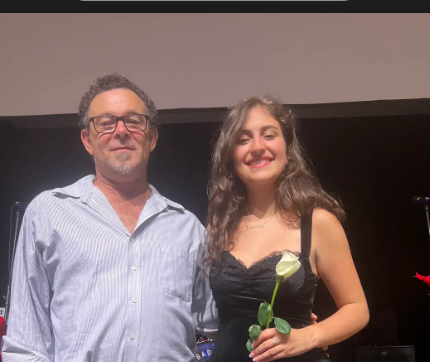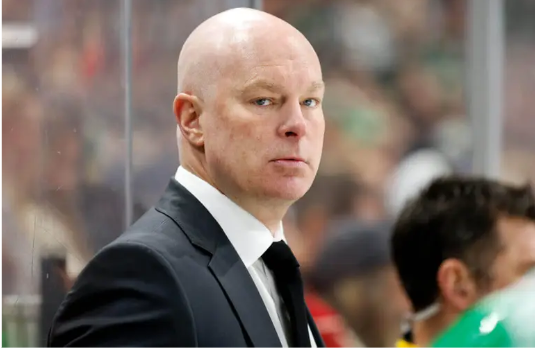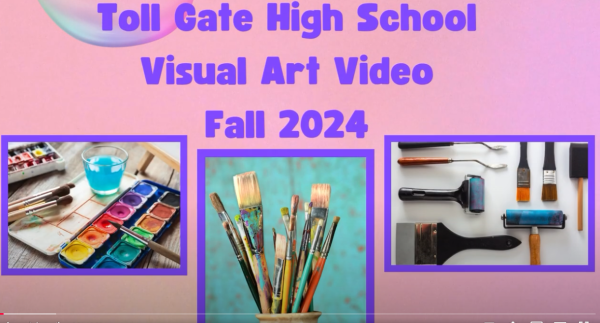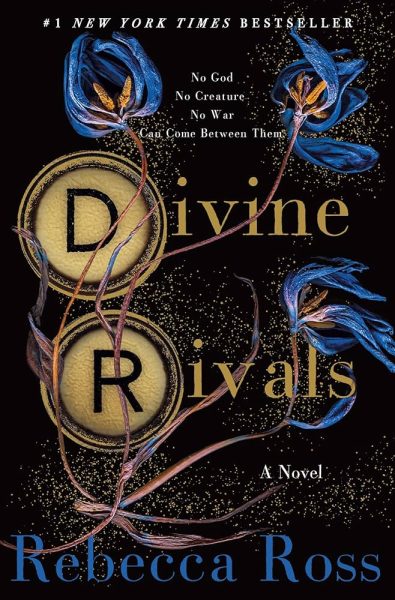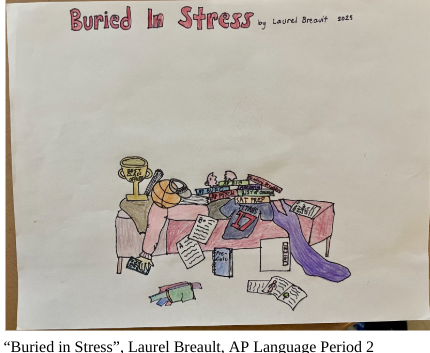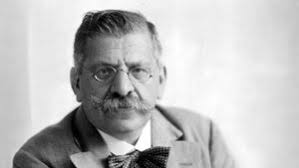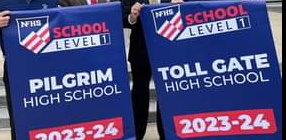How The Anatomy of Story Has Increased My Enjoyment of Reading Novels
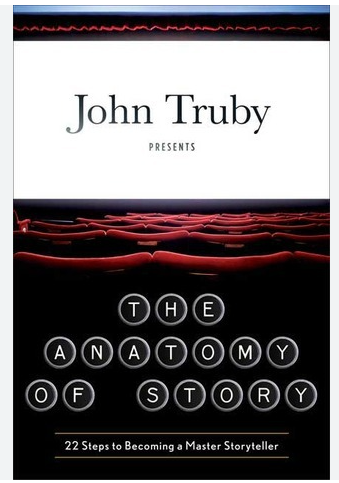
Many students have the same general attitude toward English class or at least when dissecting famous literature; it’s needlessly pointless. I used to be of the same opinion. It seemed like understanding things like themes or symbols was just there to make English more difficult. While I may not always be a fan of some of what we read, (in fact, I may even despise it), I have a newfound appreciation and enjoyment for it from what I have learned over the past year and a half.
I have never hated English class. At one point during middle school, it was actually my favorite class. What is different about today is that I have an arsenal of understanding about how a story functions. There are many stories that have quite literally changed my life going as far back as It’s a Wonderful Life. My spark of interest in stories really started with the Youtube Channel known as Lessons from the Screenplay. They make videos analyzing certain movies and the certain techniques used within the process of writing them. They give credit to a lot of sources but one that has been mentioned time and time again is The Anatomy of Story by John Truby. I eventually got the book myself during the summer. I mostly use it as a dictionary now but I have become well-acquainted with many different ways of understanding and even writing stories. The author, John Truby, is a story consultant, who published this book in 2007 and has gotten critical acclaim from a lot of aspiring writers.
When going deeper into how stories are actually told and their overall quality, what I learned in the process made me realize that they were the exact things I, and many others, had felt were unnecessary. I can distinctly remember when the idea of theme hit me for the first time. The theme is a moral vision, a moral argument, a philosophical argument of how the writer believes others should live and it isn’t just tacked on at the last minute. Since a lot of well-written stories are told in layers, it can be difficult to really dig into that abstract realm. It quite literally is the story, it is what creates the plot and everything in it. This is not even including symbols.
Symbols allow that gateway between the plot and theme to become unison and it is responsible for so many cultural icons. The ring from Lord of the Rings acts as a symbol for greed and power, the lightsabers from Star Wars represent the battle between Jedi and Sith and the force itself, and the billboard of T.J. Eckleburg in The Great Gatsby represents the judgment of our modern way of life. What is really fascinating about symbols is that they can be categorized by a thing. This is because symbols are not just objects, they can quite literally be anything. An action, a sound, a character, a world, a change, anything that can be interpreted as being a thing with emotional representation attached can be a symbol. However, theme and symbols are not possible without some form of structure.
In chapter three of the book, Truby mentions seven major storytelling steps that every story, regardless of length, will have. Structure allows the theme to not be heavy-handed and gives the moral argument a human experience to build off of. There have been many different variations by different people of this same idea but I have boiled it down to these seven;
- Who is it about (weakness-need)?
- What do they want (desire)?
- Why can’t they get it (opponents)?
- What do they do about it (plan)?
- Why doesn’t that work (setback/midpoint)?
- What do they realize (revelation, response, and revisit)?
- How do they change (new equilibrium)?
This is structured in its most microscopic form meaning that this works for an individual scene, an individual chapter, a movie as a whole, a novel as a whole, an episode of a season, a season of a series, a series as a whole, and on and on. With all of that said, structure is nothing not only without a theme but without that theme attached to a certain genre.
The recent sequel John Truby has written, The Anatomy of Genre, just put all of my previous understandings to another level. Genres are not just aesthetics. Sci-fi is not just about aliens or space. Horror is not just about scaring the audience. And even Comedy is not always about making the audience laugh. They have just built their external elements around their central ideas. They all have predetermined themes built within them. What this means is that effectively, genres measure themes based on their moral intensity. They are the major ways the world works and our responsibility as humans is to make society the best it can possibly be.
In the book, Truby describes this as a ladder where Horror (death) is at the bottom and Love (happiness) is at the top. For example, the central theme of Sci-fi, the fifth genre up the ladder, is making the right choices now to ensure a better future for all. That alone can have many different interpretations so creativity is certainly not limited. On top of that, you could get a completely fresh theme when you mix genres or possibly come up with one as The Great Gatsby did with the Gangster form.
Compared to other subjects like math or science that are much more objective, many would in fact see this as an irrelevant topic. In some respects, I would agree. But even if you will not be majoring in a subject such as math, its purpose is to access a different part of our brain that allows us to think in an abstract way. The same idea applies to English. Unless you become a writer or literature expert, this really isn’t helpful but it’s about becoming more well-rounded.
